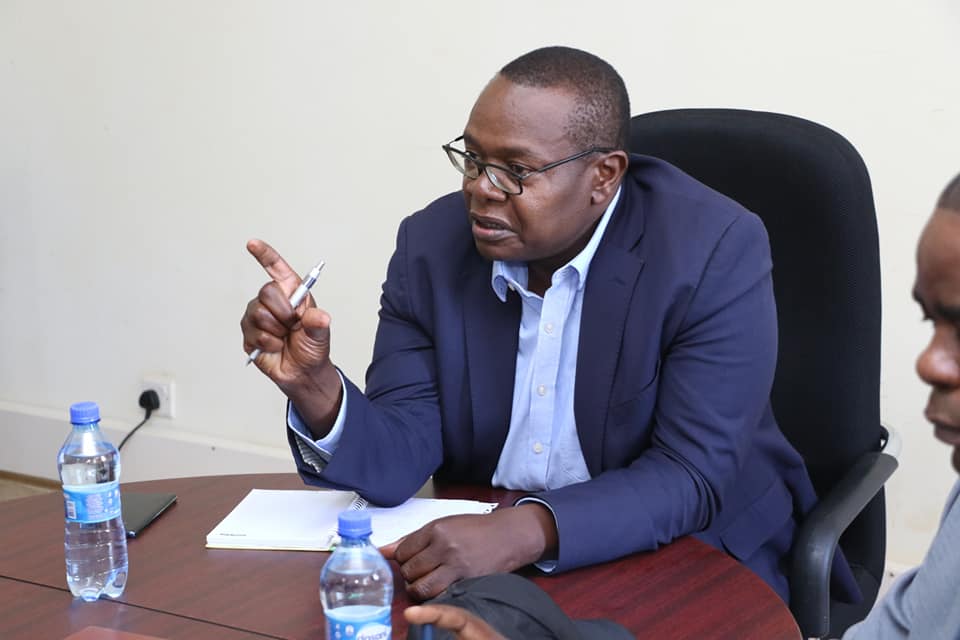BUSIA GOVERNOR DR OTUOMA DIRECTS FORMATION OF A COMMITTEE TO LOOK INTO CHALLENGES FACING HEALTH DEPT

Busia Governor, Dr Paul Nyongesa Otuoma has directed the County Secretary, CPA Nicodemus Mulaku to form a committee that will look into issues bedevelling the health sector.
Speaking during a consultative meeting attended by the County Health Management Team at the Busia County Referral Hospital (BCRH), H.E Otuoma said that the team should constitute the Health Executive and Directors among others.
He said the committee will help in implementing suggestions raised in terms of addressing challenges that have continued to affect the provision of quality health services to residents.
The Governor said that his administration looks forward to solving problems ailing the health sector across the County.
The Health Executive, Phaustine Barasa revealed that financial constraint is one of the limitations affecting the health sector, adding that there is a budget deficit of over Kshs2 billion.
The Chief Officer for Health and Sanitation, Jonathan Ino who made a presentation on the status of the health sector, reiterated the need for wholesome implementation of the Busia County Health Services Fund (Amendment) Act of 2021 and the Community Health Services Act of 2021.
He stressed the need to increase budgetary allocation to the health department to at least 35 per cent of the total County budget to enable the sector meet some of the critical needs including adequate stocking of health commodities.
The Directors, Dr Janerose Ambuchi (Medical Services) and her Preventive and Promotive services counterpart Dr Melsah Lutomia raised concern over revenue collection, which they said had gone down due to leakages.
“Revenue officers collecting the funds are not doing it properly. Integrity issues must be looked at as well as seal the loopholes to prevent the embezzlement of the funds,” stressed Dr Ambuchi.
Key among the challenges include inadequate allocation for health products and technologies, centralised financing and procurement functions of facilities, low project implementation rate, perenial stock-outs of drugs, non-pharmaciticals and understaffed among others.





